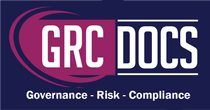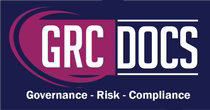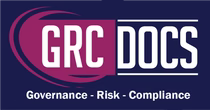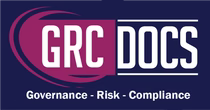NIS 2 Directive Article 22 – Union Level Coordinated Security Risk Assessments of Critical Supply Chains
Introduction
The NIS 2 Directive, which aims to strengthen the cybersecurity framework within the European Union, includes Article 22, which focuses on conducting union-level coordinated security risk assessments of critical supply chains. This article delves into the significance of Article 22 and the collaborative efforts involved in assessing security risks within critical ICT services, systems, and products.

Understanding The NIS 2 Directive
The NIS 2 Directive, also known as the Directive on measures for a high common level of cybersecurity across the Union, is crucial in enhancing cybersecurity standards and resilience within the EU member states. It addresses cybersecurity challenges posed by evolving technologies and increasing cyber threats, emphasizing the need for a coordinated approach to safeguard critical infrastructure and services.
The Role of Article 22
Article 22 of the NIS 2 Directive focuses on the cooperation between the Cooperation Group, the European Commission, and ENISA in conducting union-level security risk assessments of specific critical ICT services, systems, or product supply chains. These assessments consider both technical and non-technical risk factors to identify and mitigate potential cybersecurity threats.
Conducting Coordinated Security Risk Assessments
The Cooperation Group, in collaboration with the Commission and ENISA, is responsible for carrying out coordinated security risk assessments of critical ICT services, systems, or product supply chains. By assessing these supply chains comprehensively, stakeholders can identify vulnerabilities, dependencies, and potential risks that could impact the overall cybersecurity posture.
Identifying Specific Critical ICT Services and Products
Following consultations with the Cooperation Group, ENISA, and relevant stakeholders, the Commission identifies specific critical ICT services, systems, or products that require coordinated security risk assessments. These assessments help prioritize resources and efforts toward securing the most critical components of the digital infrastructure landscape.
Enhancing Cyber Resilience
By implementing coordinated security risk assessments, the NIS 2 Directive aims to enhance cyber resilience within the EU by proactively addressing cybersecurity risks in critical supply chains. By identifying and mitigating vulnerabilities, organizations can strengthen their cybersecurity posture and reduce the likelihood of cyber incidents that could disrupt essential services.
Collaboration and Stakeholder Engagement
Collaboration among the Cooperation Group, the Commission, ENISA, and relevant stakeholders is essential for the success of coordinated security risk assessments. By sharing expertise, information, and best practices, stakeholders can collectively address cybersecurity challenges and promote a cyber awareness and preparedness culture.
Conclusion
Article 22 of the NIS 2 Directive underscores the importance of conducting union-level coordinated security risk assessments of critical supply chains to enhance cybersecurity within the European Union. By identifying and mitigating cybersecurity risks in specific ICT services, systems, and products, stakeholders can fortify their defence mechanisms and ensure the resilience of critical infrastructure in the digital age.




